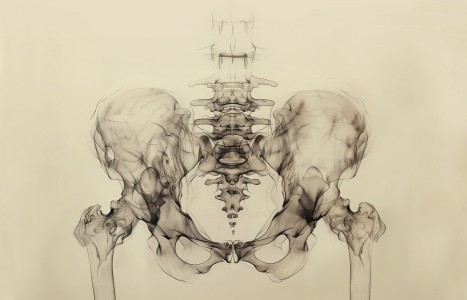People today want convenience, whether it be from their bank, credit card, favorite retail store, or restaurant. They demand it from the companies who hold their loyalty, including their health care providers (you). They don’t want to call and possibly be put on hold, and they want to use an app or schedule an appointment on your website. Here are three reasons your practice can gain by switching to online appointment scheduling.
Pennsylvania Acupuncturists No Longer Need Physician Referral
On the last day of its 2006 session, the Pennsylvania legislature unanimously passed S.B.1235, an amended version of a 1986 bill that required acupuncturists to obtain physician referrals before providing treatment. The Association for Professional Acupuncture (APA) in Pennsylvania has worked since 2002 to get this legislation amended and remove the MD referral requirement.
S.B.1235 was backed by both Democrats and Republicans in the Pennsylvania Senate. Democratic Senators Lisa Boscola, Jay Costa, Michael O'Pake, Constance Williams and Leanna Washington introduced the bill, along with Republican Senators Edwin Erickson, James Rhoades and Robert Wonderling. The amended section now reads:
"Section 3.1 Medical diagnosis. (1) Except as provided in paragraph (2), an acupuncturist may treat a person's condition without the condition being diagnosed by a licensed physician, dentist or podiatrist for 60 calendar days from the date of the first treatment. (2) An acupuncturist may treat a person's condition beyond 60 calendar days from the date of the first treatment if the person obtained a diagnosis of the treated condition from a licensed physician, dentist or podiatrist."
"This legislative push was a continuation of our last legislative push that ended in May of 2002," said APA President Ben Griffith, MAc, RAc. "In the fall of 2002, we consolidated our resources by merging the Acupuncture Society of Pennsylvania (ASOP), an older educational organization, into the APA, a trade association that could do both education and political action."
At the beginning of the 2004 legislative session, Griffith began working with Senator Rhoades' office in putting together the language and educating other senators about the need to remove the MD referral requirement. According to Griffith, the major contributors to this legislative achievement within the APA include David Molony, RAc, vice president; Steve Mavros, RAc, executive board member; Linda Silva, RAc, treasurer; Cheryl Price, RAc, membership and educational chair; and Mary Ellen Scheckenback-Forman, RAc, general member.
APA executive board member Steven Mavros, LAc, said the goal was to get to a point at which all that was needed was patient consent.
"After almost a year of negotiating with the Pennsylvania Medical Society ... and pushing as hard as we could, the closest to informed consent we could get was a 60-day grace period, followed by a medical diagnosis, which is much easier to procure than a referral, as you don't need a signature and the doctor takes on no added liability," Mavros said.
"This bill isn't exactly what we wanted when we first started, but it's far and away better than what we had. [S.B.1235] takes away a tremendous burden off of acupuncturists in Pennsylvania, as well as our patients who often waited weeks to procure a referral while their ailments were left untreated," Mavros continued. "Moreover, setting up a new practice in that kind of environment, with no initial contact in the medical community, created an insurmountable obstacle, combined with the initial difficulties of starting a practice from scratch. Considering the tremendous safety record of acupuncture, the need for a referral was simply about medical doctors being gatekeepers and had absolutely nothing to do with patient safety. Though I don't think any referral or diagnosis is necessary for acupuncturists, this law is definitely more focused on patient safety. It's always a good rule to have a physician examine a patient who has yet to receive a diagnosis and hasn't responded to two months worth of treatment."
"SB1235 really gives our people in Pennsylvania a lot more breathing space in their day-to-day practice, since most who come in already are diagnosed and they can easily bring in a receipt from their doctor visit that has a diagnosis on it," Griffith added.
Pennsylvania Governor Edward Rendell signed S.B.1235 into law on Nov. 30, 2006.


